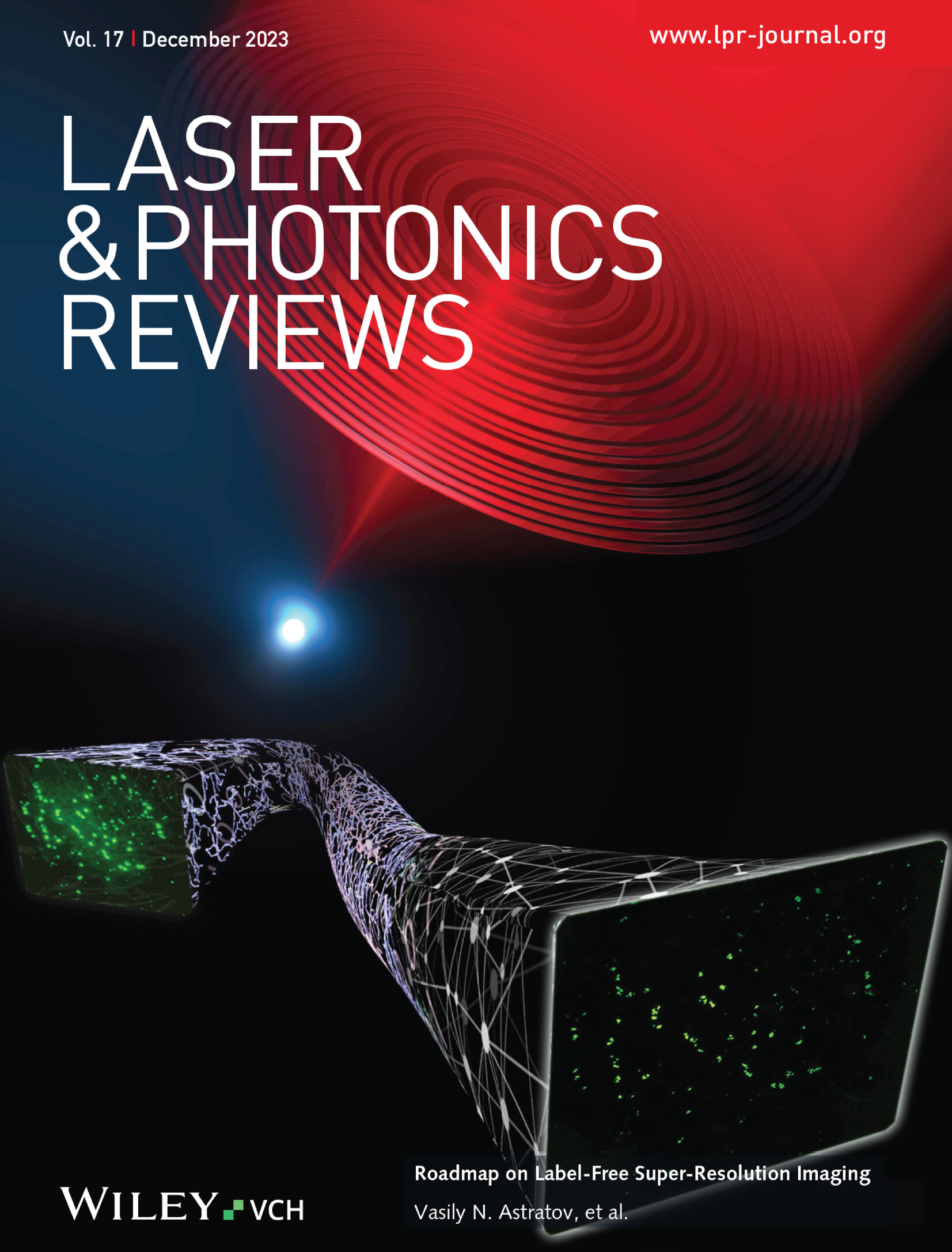Rewritable Optical Information Storage and Dual-Channel Encryption Based on Near-Infrared Enhancement of Photostimulated Luminescence Phosphors
IF 9.8
1区 物理与天体物理
Q1 OPTICS
引用次数: 0
Abstract
With the rapid advancement of information technology, the demand for data storage has grown significantly, and optical information storage has attracted considerable attention due to its unique advantages. However, current storage technologies are primarily based on single-channel and visible light regions, limiting the security of existing optical information storage. Thus, it is necessary to develop new materials and a multi-channel encryption strategy based on invisible light. In this work, we report a Ruddlesden-Popper phase Ba2SnO4 phosphor with photostimulated luminescence (PSL) properties, and enhance its near-infrared emission through fluorine substitution to achieve multi-level optical information encryption. The enhanced mechanisms are elucidated by investigating the effects of fluorine-induced lattice distortion and the enrichment of self-trapped excitons (STEs) due to increased oxygen vacancies. Additionally, density functional theory calculations reveal the influence of F substitution on the formation energy of oxygen vacancies, providing insight into the specific oxygen vacancy sites that contribute to the enrichment of STEs. Furthermore, it is observed that the PSL properties exhibit repeatable capabilities. Based on this, a dual-channel encryption scheme using visible and invisible light for information encoding is designed, offering a new approach to optical information storage and encryption.

基于光激发发光荧光粉近红外增强的可重写光信息存储和双通道加密
随着信息技术的飞速发展,人们对数据存储的需求大幅增长,而光信息存储因其独特的优势备受关注。然而,目前的存储技术主要基于单通道和可见光区域,限制了现有光学信息存储的安全性。因此,有必要开发新材料和基于不可见光的多通道加密策略。在这项工作中,我们报告了一种具有光刺激发光(PSL)特性的 Ruddlesden-Popper 相 Ba2SnO4 荧光粉,并通过氟替代增强了其近红外发射,从而实现了多级光信息加密。通过研究氟引起的晶格畸变和氧空位增加导致的自俘获激子(STE)富集的影响,阐明了增强机制。此外,密度泛函理论计算揭示了氟替代对氧空位形成能的影响,从而深入了解了导致 STEs 富集的特定氧空位位点。此外,还观察到 PSL 特性具有可重复性。在此基础上,设计了一种利用可见光和不可见光进行信息编码的双通道加密方案,为光学信息存储和加密提供了一种新方法。
本文章由计算机程序翻译,如有差异,请以英文原文为准。
求助全文
约1分钟内获得全文
求助全文
来源期刊
CiteScore
14.20
自引率
5.50%
发文量
314
审稿时长
2 months
期刊介绍:
Laser & Photonics Reviews is a reputable journal that publishes high-quality Reviews, original Research Articles, and Perspectives in the field of photonics and optics. It covers both theoretical and experimental aspects, including recent groundbreaking research, specific advancements, and innovative applications.
As evidence of its impact and recognition, Laser & Photonics Reviews boasts a remarkable 2022 Impact Factor of 11.0, according to the Journal Citation Reports from Clarivate Analytics (2023). Moreover, it holds impressive rankings in the InCites Journal Citation Reports: in 2021, it was ranked 6th out of 101 in the field of Optics, 15th out of 161 in Applied Physics, and 12th out of 69 in Condensed Matter Physics.
The journal uses the ISSN numbers 1863-8880 for print and 1863-8899 for online publications.

 求助内容:
求助内容: 应助结果提醒方式:
应助结果提醒方式:


